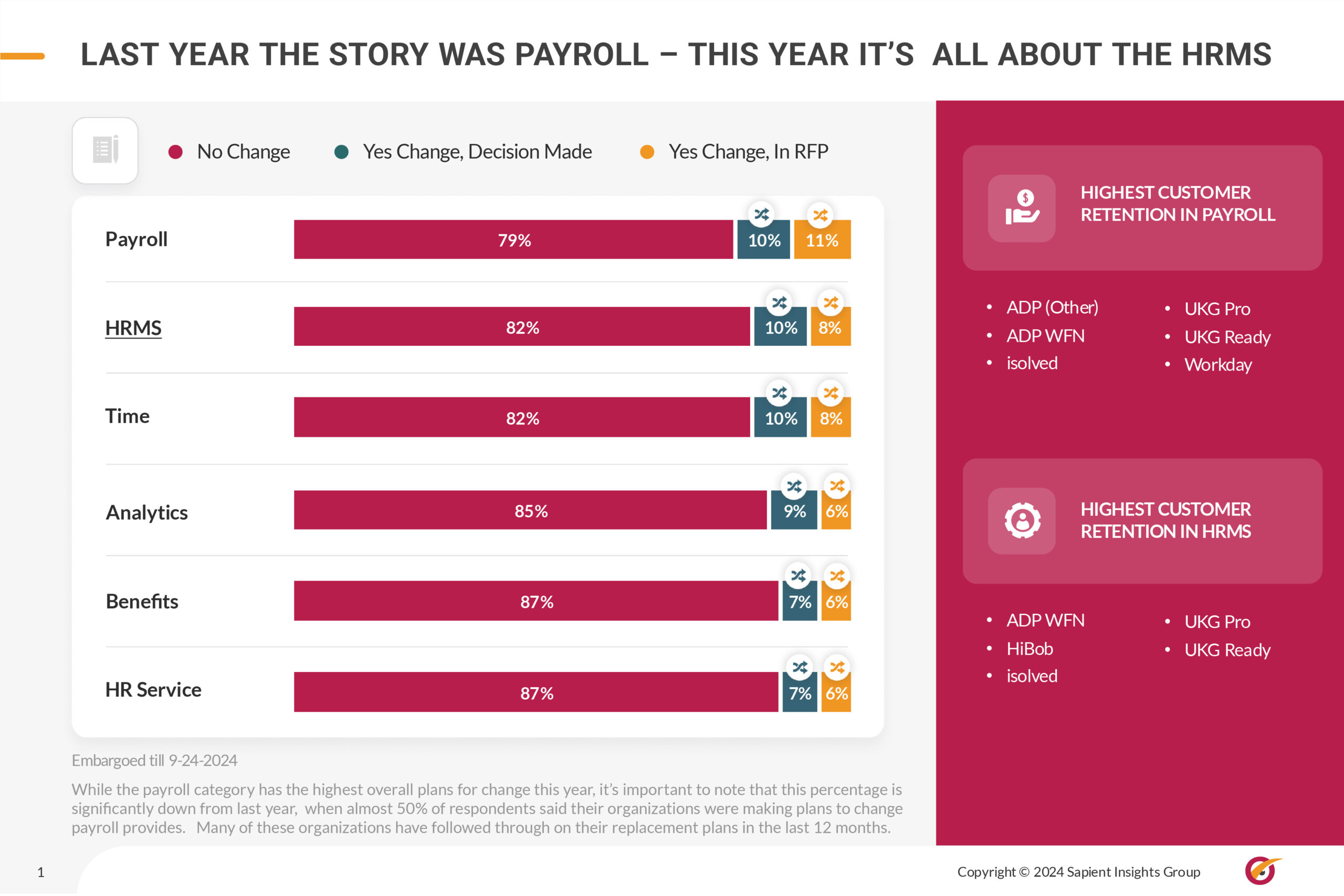Driving people-centricity as workplaces reopen
- HRM Asia Newsroom

Since June 2, 2020, Singapore has begun to gradually reopen schools and businesses. As the nation adjusts to life in the new normal, physical return to work marks an important milestone on the path to recovery.
To plan for an effective physical return, organisations need to consider the evolving external operating environment such as the public health status and work demand patterns, while placing employee well-being and experience at the centre of their plans.
To better understand people experiences, let’s frame it from three perspectives: Me, We and Us.
- Me: the employees’ personal experience of returning to work.
- We: the employees’ interactions with colleagues, managers and customers of the organisation in the physical workspace.
- Us: the employees’ usage of public services and contact with the government, society and the entire ecosystem.
Each perspective presents a unique set of risks and concerns. The key lies in building a sense of comfort and trust between employees and employers.
How companies “switch the lights back on” in their operations can create a corporate culture of care and confidence that will have far-reaching impact long after the pandemic has ceased to be an existential threat.
While no organisation will argue against putting people first, the challenge lies in maintaining people-centricity as they confront competing priorities in the journey ahead. Return to work is not a singular event and companies should plan how and when they return to work across three phases.
Now (0 to 3 months): Reopen with caution
In this phase, companies will need to make physical workspace changes and organisational measures to support and protect their workforce. Clear communication support channels will need to be set up i.e., medical assistance helpline, workplace assistance captains, and technology assistance staff.
Safe distancing measures will need to be implemented such as side-by-side seating, designated desks, spacing out assembly line employees, limited elevator use, signage and markings at communal facilities, and temporarily closing socialising hubs.
Employers should also help the workforce get mentally and emotionally ready. This will mean a high-touch approach with check-ins with team members before the first day of return, running a regular pulse check on how employees feel and what they need, and providing counselling support.
In the midst of these preparations, employers need to keep track of the evolving Covid-19 situation by establishing dedicated listening processes to monitor any changes in government regulations and situational developments.
This will help inform and build health and risk scenarios that will be used to redesign policies in the areas of employee health, workplace compensation and other HR policies, which organisations will need, to develop a comprehensive, prioritised and sequenced return plan.
Next (4 to 9 months): Transition
While the immediate focus is on safely transitioning back to physical operations, organisations know they need to prepare to operate differently in the post Covid-19 new normal.
The economic impact of Covid-19 is exposing vulnerabilities in organisational operations, processes and technology. This presents organisations with a unique opportunity to accelerate transformation to build a digital and human-centric organisation.
Organisations will need to establish a centralised command centre to plan the evolution of their workforce strategy and practices and how technology will support the change by enabling the workforce to stay safe, productive and connected.
The command centre has an iterative task at hand. As it plans ahead, it will need to continuously evaluate employee behaviours and organisational performance to assess and improve the effectiveness of various transformation initiatives, while monitoring new developments in the environment.
In the near term, company leaders will need exceptional agility to operate across all phases, shifting back and forth in response to external shifts in the operating environment.
Beyond (Over 9 months): Transform
Organisations need to be realistic that transformative change takes time and that it may take months or years before achieving their transformation goals.
As business models and environments continue to evolve, organisations will require a whole new set of people capabilities to be agile and responsive to future disruptions. A new area to focus on is workforce vitality i.e., keeping the organisation running, healthy and safe.
Employers will also need to redefine the employee experience and new ways of working work for everyone. Workforce forecasting and modeling will become increasingly important to help organisations project future workforce demand and supply and align to anticipated employee health and business needs.
At all times, humans should sit at the centre of an organisation’s transformation journey. Organisations that thrive in the emerging world will be those that put people first – whether employees, customers, business partners or society at large – and best meet their needs.
Those that recognise this will have a better chance at becoming leaders who transform, while others will merely transition.






